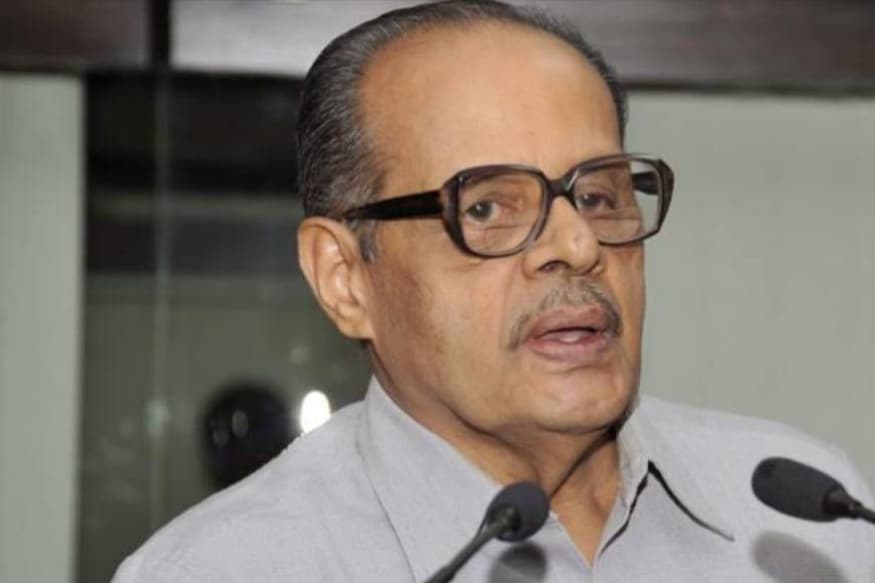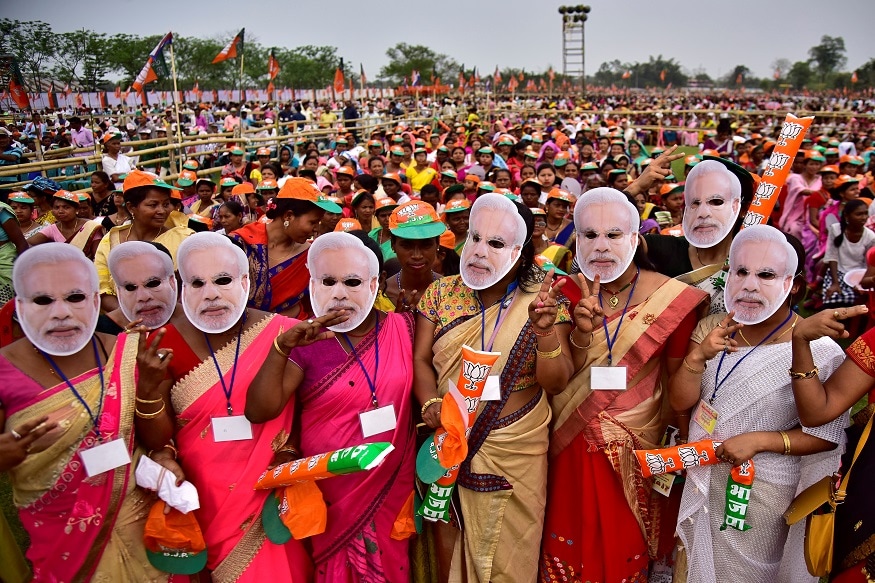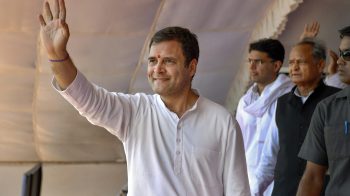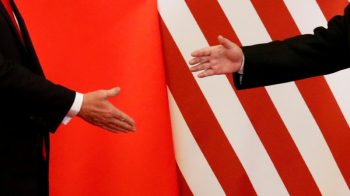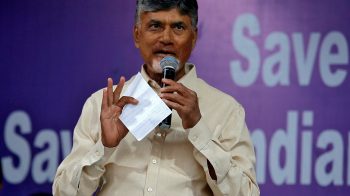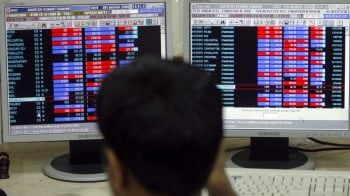We have consistently maintained that opportunities would come predominantly from two sectors—consumer discretionary and FMCG—on the back of robust urban and rural demand
Our portfolio strategy is built on a combination of smart beta and alpha. We do see a lot of value in select midcap companies, and our approach is to look for value and select stocks that offer margin of safety at current market levels, Jyoti Roy, DVP - Research, Angel Broking, said in an interview with Moneycontrol’s Kshitij Anand.
Edited excerpts:
Q: With volatility at 3-year high and election fever at its peak, do you see a likely selloff after the elections?
A: We see the VIX hovering around multiyear high due to the heightened uncertainty over the election outcomes.
We do not see any real justification for any sharp correction post the election outcome unless the mandate is for an extremely fragile coalition government.
The markets should be pleased as long as a relatively stable government form and assures the continuation of the reforms process.
We do not foresee any serious knee jerk reaction since quarterly results have also been broadly satisfactory till now.
Q: After the recent rally, where do you see the pocket of opportunities?
A: We have consistently maintained that opportunities would come predominantly from two sectors—consumer discretionary and FMCG—on the back of robust urban and rural demand.
While valuations are not cheap, we believe that higher growth justifies the premium. Private sector banks would also continue to do well post elections and we expect large private corporate banks to do well along with retail banks as they have reported strong growth in profitability from the second half of FY19 after many years of subdued earnings due to elevated provisioning.
Some of the better managed PSU banks could also surprise positively next year as provisioning starts normalising.
Q: Even though there are macro concerns, what do you think is pushing markets higher?
A: To an extent, there is hope that things may improve at the macroeconomic level in the next couple of years with better control over inflation, higher growth rates and easy liquidity.
Global cues have also been favourable in the form of the Fed adopting a dovish stance and global growth turning positive.
Financialisation of savings is another factor that has started to play out and is expected to be a major positive factor for equities over the medium to long-term.
Between 2014 and 2019, the equity markets gave an annualised return of around 11 percent on the back of a nearly 3-fold increase in mutual fund AUM.
Additionally, FPIs, who were sellers in 2018, have have invested a net Rs 67,000 crore YTD.
Q: Among the companies that are yet to declare their Q4 numbers, do you see any bright stars that could create wealth for investors in the next 1-2 years?
A: Most results have been along expected lines but there have been some positive surprises in the case of Axis Bank, TCS, HDFC Bank and even to an extent Reliance Industries.
Of course, sentiments will depend on how some of the other sectors like auto, NBFC and PSU banks perform. Better than expected numbers from some of these sectors would be positive for the markets.
Q: What are the mistakes one should avoid especially when benchmark indices are trading near record highs?
A: There are quite a few things to avoid in these kinds of markets. We would recommend avoiding stocks that are facing structural headwinds or are saddled with a very high level of debt.
We also recommend avoiding stocks that are having corporate governance issues. Last year showed that the markets will be unforgiving about companies that fall short on transparency and disclosure.
Q: What will decide the direction for markets in the near term?
A: At the macro level, factors like low inflation, low interest rates, and stable rupee will be the key to wealth creation.
On the earnings front, growth in the top line, operating margins, and quality of earnings will matter a lot in deciding stock performance.
Q: What has been your portfolio strategy?
A: Our portfolio strategy is built on a combination of smart beta and alpha. We do see a lot of value in select midcap companies, and our approach is to look for value and select stocks that offer margin of safety at current market levels.
There is a lot more money to be made in midcaps from these levels than trying to time the market and sit on cash.
Q: Do you think FII momentum will continue and if we see Modi back in power?
A: FII flows have been extremely strong since the end of February 2019. However, we must not forget that FII’s withdrew more than Rs 80,000 crore in the calendar year 2018, the highest net withdrawal in any year so far.
So FII flows are not so much about the stability of governments but more about factors like global liquidity, market valuations, earnings growth, currency, etc. The good thing for India is that all these macros are favourable at this point of time and hence a positive flow scenario may continue.
Q: Global markets are also trading near highs. Does it make sense to invest in funds which have global exposure to diversify the portfolio?
A: We look at global assets as one of the alternative asset classes for investors. We normally recommend exposure of 85 percent of your investment mix to equity and debt.
While 5 percent must be set aside in liquids, and the balance 10 percent can be seen as exposure to alternatives like gold, commodities, structures, global investments, etc.
If the Indian economy is likely to grow at 7.5 percent as projected by the IMF, Indian equities should continue to remain as one of the most attractive opportunity globally.
Disclaimer: The views and investment tips expressed by investment expert on Moneycontrol.com are his own and not that of the website or its management. Moneycontrol.com advises users to check with certified experts before taking any investment decisions.
































